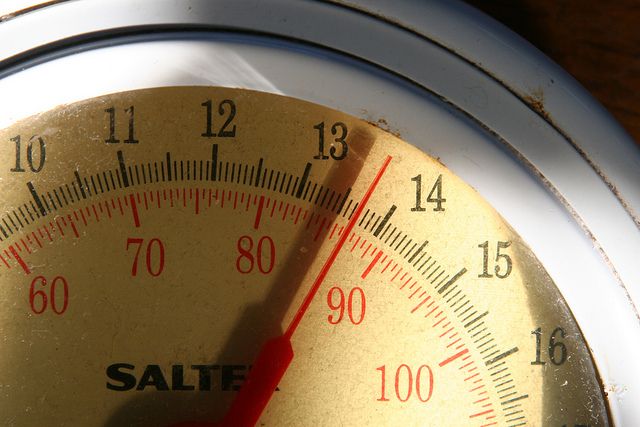A Guide for Measuring the ROI of Gamification
Measuring ROI is an elusive task: you have external factors that affect the results; measuring the baseline is a subjective process; forecasting future impact is hard and even calculating the actual investment is a project by itself.
That said, one can measure almost anything (I recommend reading the book How to Measure Anything). There are testimonies of increased sales results after implementing gamification systems by 5-15%. But, I believe we need to dive in to understand how to analyze success.
As a matter of fact, we can divide the task into two smaller tasks (figure 1) :
A. Measuring the effect of Gamification on our target users’ behavior:
Gamification design should modify the behavior of our users directly (call to action; goal setting; increasing the efforts) or indirectly (improve motivation; team spirit; reduce churn or turnover)
B. Measuring the effect of the modified behavior on the business results
We can succeed in designing a great engaging gamification process, but if it is not aligned properly with the business goals, it will have no meaningful effect. For example, if we reward service agents to shorter service calls and won’t balance it with quality of service, we will promote customer churn.

After you’ve accomplished those two initial steps, here are my recommendations for measuring the ROI of Gamification:
1. Define the Success KPIs
Use the current KPIs (Key Performance Indicators) of the business, that are relevant to the process.
2. Compare the KPIs Before and After Implementing Gamification
3. Compare the KPIs in correlation with Gamification Activity Performance
Ensure the gamification initiatives are aligned with business performance. In Figure 2, we can notice that the gamification system (started in January) caused behavior change (activity graph), and then business improvement (KPI graph).

4. Measure the Balance of Different Aspects of Gamification in Different Groups
E.g. : The EU team can assess the gamification system through improving the quality over throughput, while the American team will do the opposite.
5. Use Control Groups
Keep few control teams outside the gamification system, but keep measuring their activity. They will be your best reference for improvement.
6. Run a simulation before you start the implementation
It is better to start with a dry-run of the gamification rule-set on past-data, in order to create the performance baseline before starting the process.
I’m sure that there is no single recipe for ROI, especially for innovative solutions like gamification. However, I hope that using the recommendations above,
we can improve the ability to prove the performance delta before and after the process, or at least help with changing your gamification design to show better results.
If you have encountered other great ROI measuring strategies for gamification, we would love to hear about it.
This was a guest post by Gal Rimon, CEO & Founder of GamEffective.com, a former CEO of Consulting companies in the fields of Performance management, Analytics, Marketing and Customer service
Flickr CC Image by puuikibeach









I recently patented a gamified business improvement process methodology based on a unique deck of cards. I have fine-tuned it over the past 8 years on companies from over 22 different industries.
http://www.slideshare.net/davidpatrishkoff/business-impossible-transformations
nice.
How about the time frame for measurement? If it’s too short, you might miss the positive effects after a settling in period. Do you have any recommendations for how long you should be measuring, post-gamification, before you reach any conclusions?
Thanks!